A microphone is a device created to record sound and convert it into an electrical signal. This signal is then processed by computers, amplifiers or other recording equipment that will digitalize the audio recorded from an acoustic source to a digital form.
The way microphones work is very simple. Microphones pick up sound waves and convert them into electrical signals. Depending on the characteristics of a microphone, the microphones can be used for many applications including audio recording, phone calls or broadcast.
The most common types are dynamic microphones, condenser microphones, ribbon microphones and lavaliers. Every type has its own attributes and is used for a specific application based on its frequency response, recording direction or sensitivity.
Types of microphones
When we talk about using a microphone, first we have to consider the differences between every type of microphone available. Each one has unique attributes that makes it better or worse, depending on its use and application. Some of the most commonly used types of microphones are:
- Dynamic Microphones: these are known for being the most rough and durable microphones. They are usually used for live performances and recordings because they can handle high sound pressure levels without distortion. They are also known to be the cheapest of all microphones.
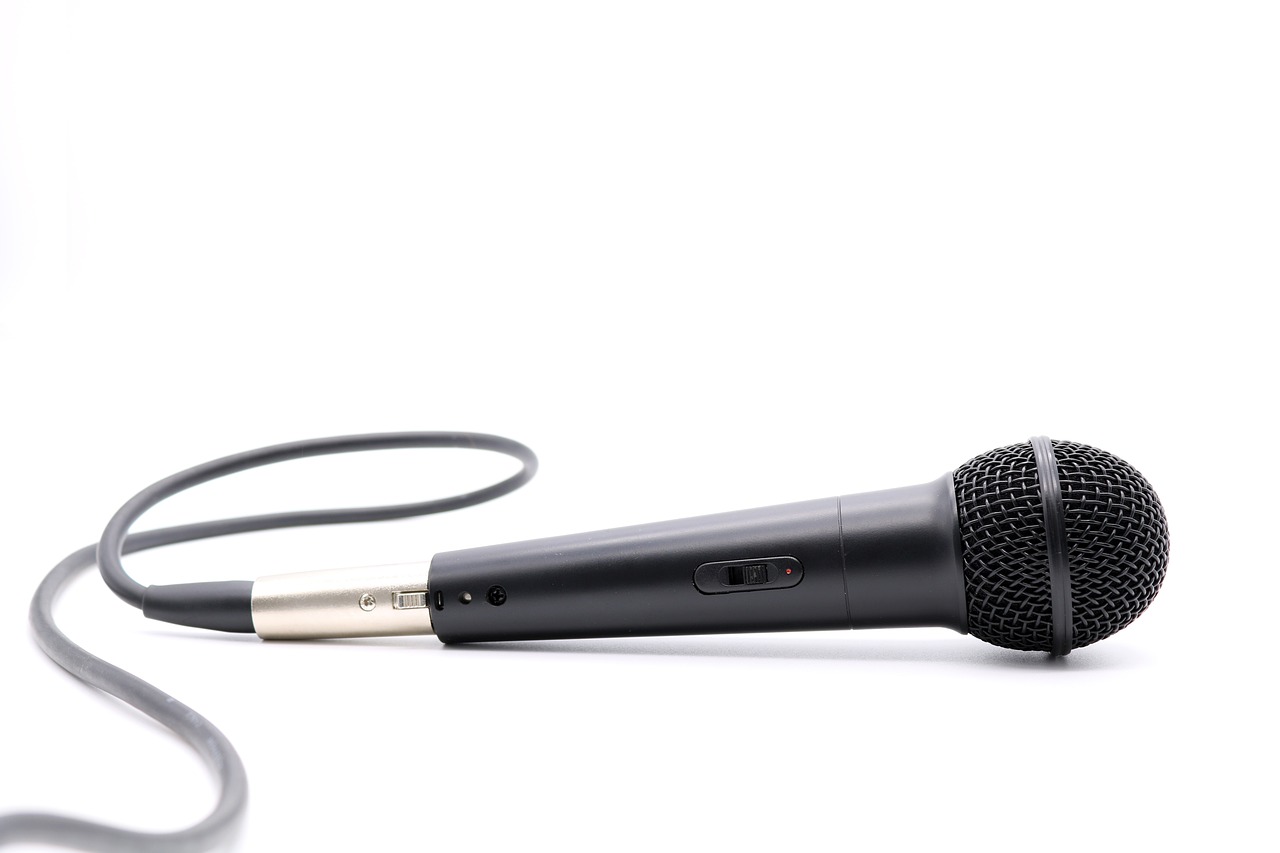
- Condenser Microphones: this type of microphones are known for their wide frequency response. They are very sensitive and they are often used to record vocals or acoustic instruments. Although they are mostly used in studio settings, they can be found in a live performance too. Keep in mind that, due to the sensitivity of the microphone, sometimes they pick up unwanted signals from other sources. In order to work, they require external power that might be provided through phantom power, a power source or an audio interface or mixer.
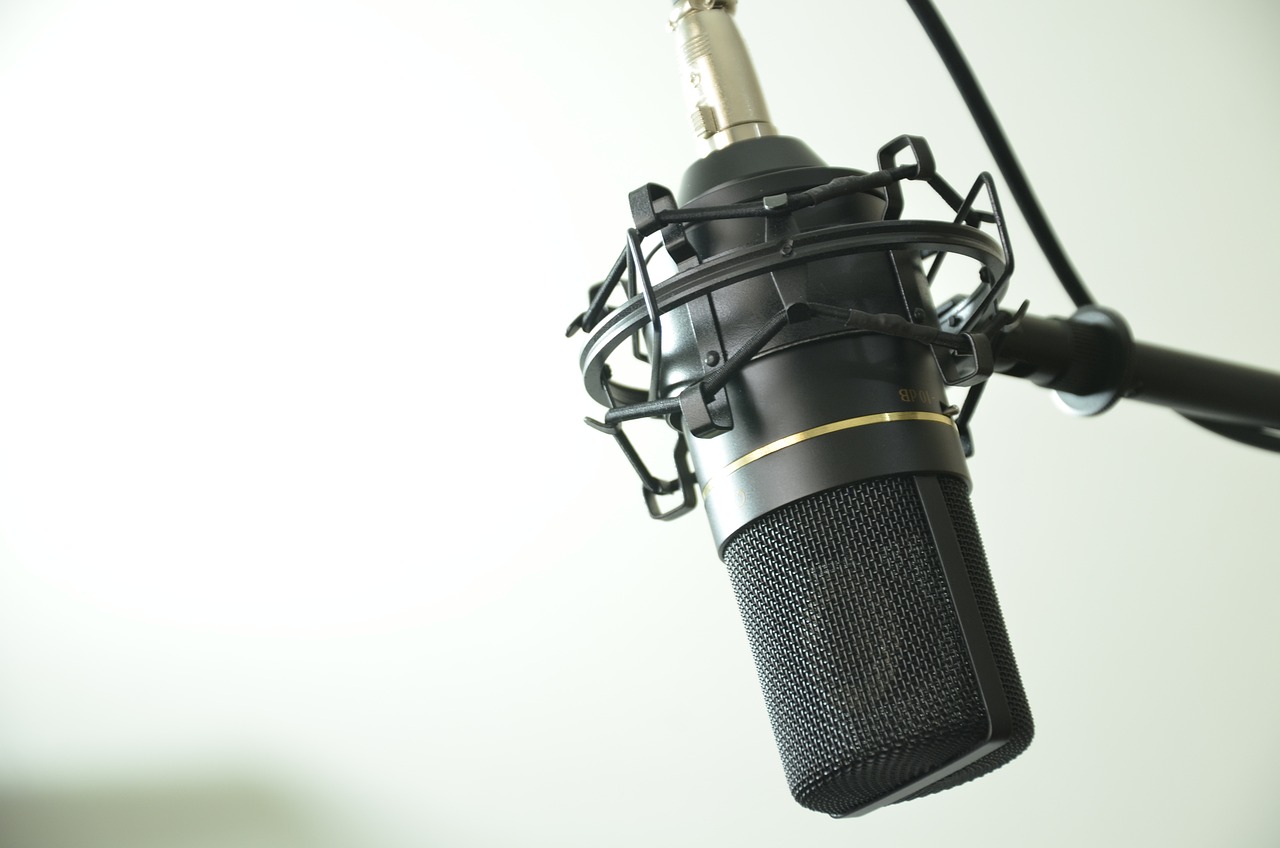
- Ribbon Microphones: these microphones use a very thin ribbon of metal between two magnets in order to record a sound. They are used to record brass, strings and guitar amplifiers due to their natural sound and warmth.
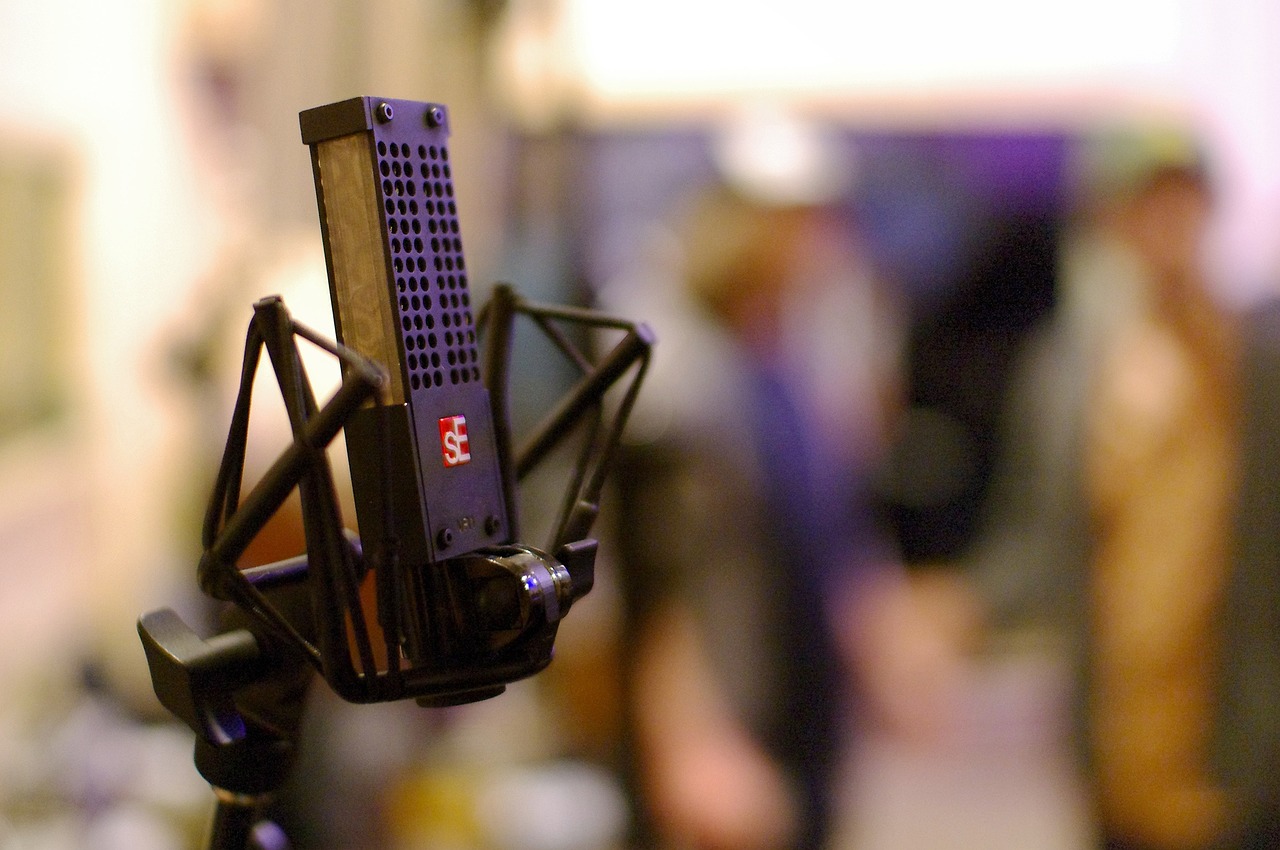
- Lavalier Microphones: these are the smallest microphones. They are commonly used in television and film production due to the ability of being clipped-on into actors and presenters clothing. They are very discreet and can be easily hidden.
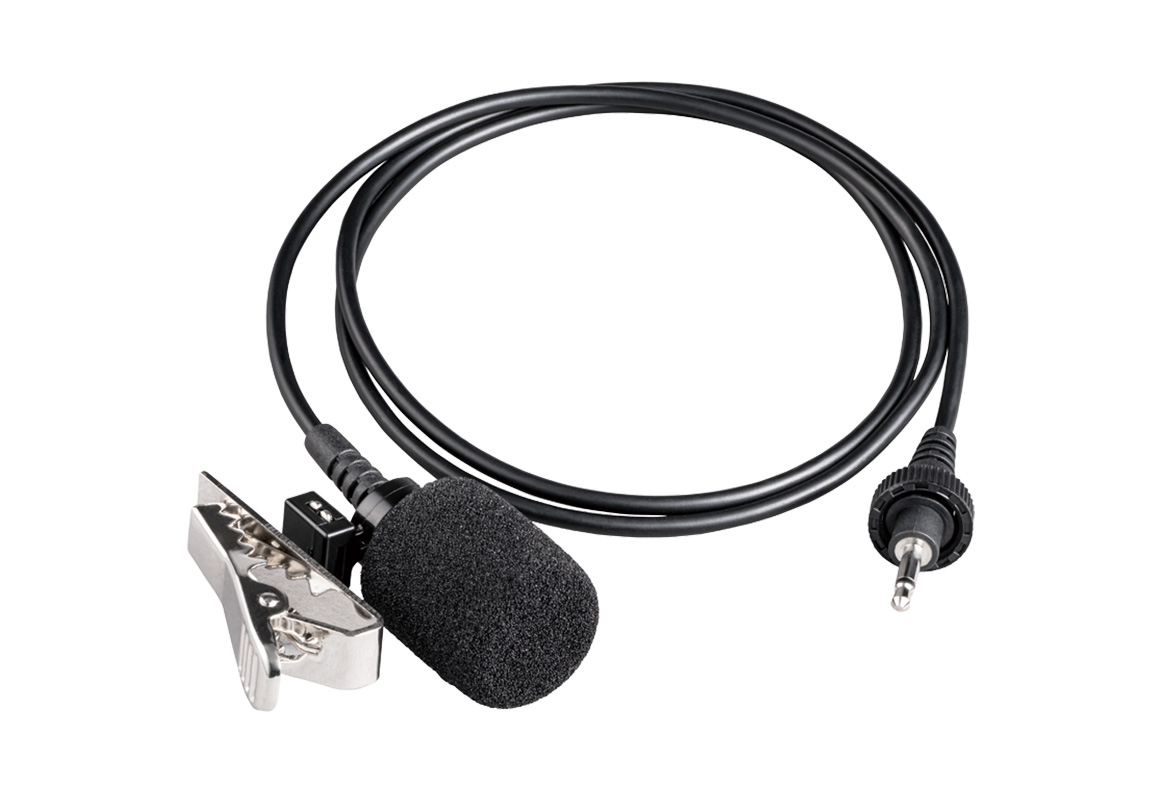
- USB Microphones: these are usually not found in any recording or live performance environment but they are commonly used for podcasters, streamers and voice-over workers that want a very simple and sturdy microphone.
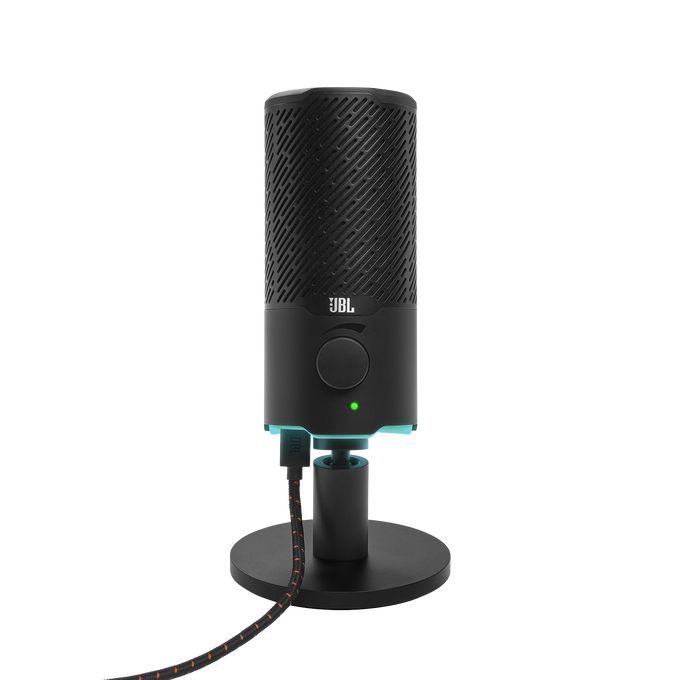
- Shotgun Microphones: this type of microphones are usually used in video production to capture dialogue with ambience and sound effects. They pick up sound in a specific direction while canceling other noises from distant sources.
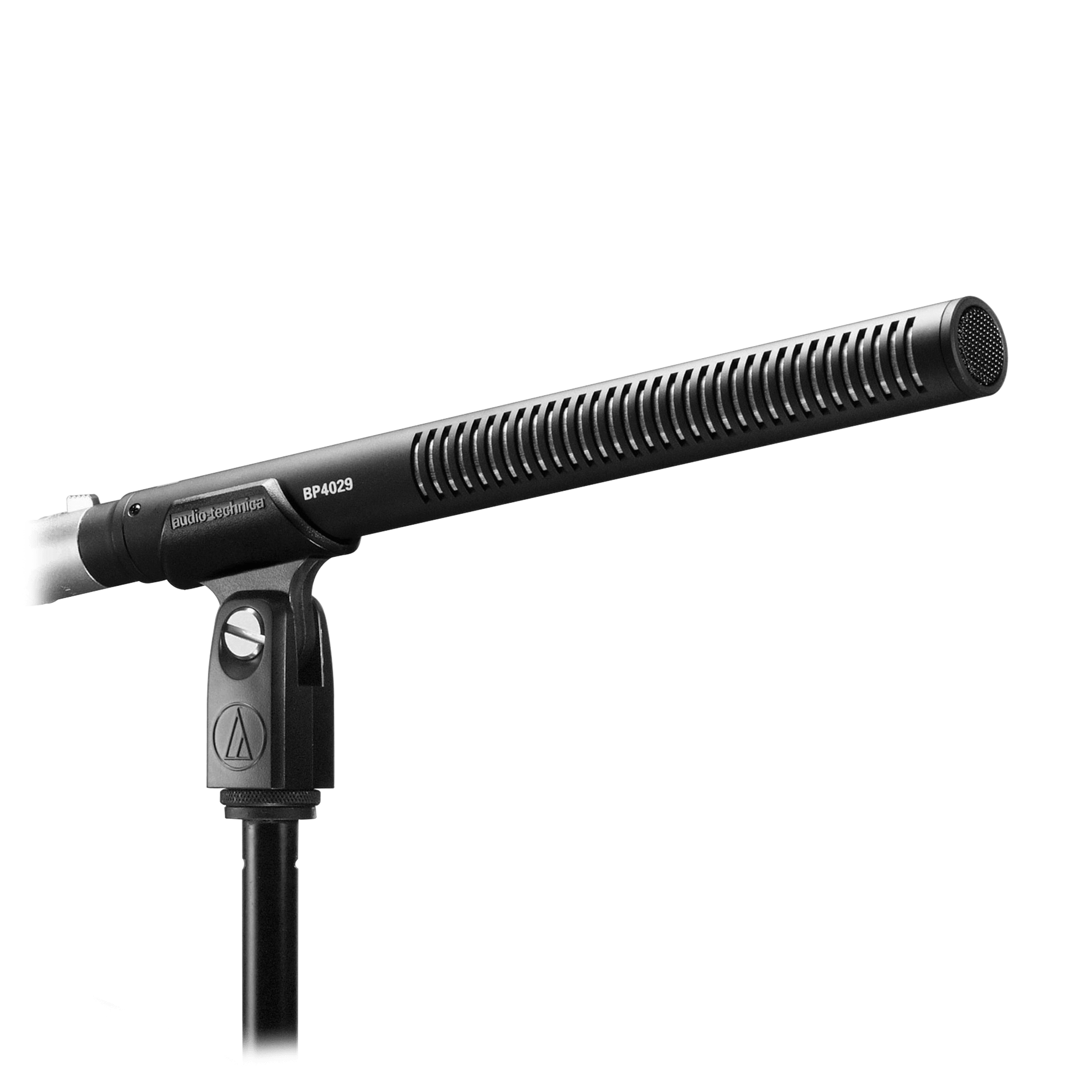
There are many other types of microphones used nowadays, including boundary microphones and stereo microphones. Your choice of microphone will have to be adequate to the use and conditions of the sound source.
Types of microphones to use in a studio
When you visit a recording studio, you will find a large variety of types of microphones. Some of them will be useful for mono or close-up recordings while some others will be better for stereo recording or distant sound sources. The most common types of microphones that can be found in a studio are:
- Large-diaphragm Condenser Microphones: These microphones are mostly used to record sensitive instruments such as vocals or acoustic instruments. They have a wide frequency response and dynamic range and they are known for their smooth and natural sound. These microphones require external power to operate, also known as phantom power.
- Small-diaphragm Condenser Microphones: These are very similar to the previous microphones but with a more focused and direct capture. They are usually used for guitars, pianos and drums because of their ability to capture better high-frequencies.
- Ribbon Microphones: Ribbon microphones are known for their warmth and natural sound. They are very sensitive and require good handling but they are a great tool to record brass instruments, strings and vocals.
- Dynamic Microphones: Dynamic microphones are durable and sturdy. They can handle high sound pressure levels without distortion, that’s why they are commonly used for drums, guitar amps and bass amps. They can also be found in live performances.
- Tube Microphones: Tube microphones use vacuum tubes to gain up the signal captured. They are known for their warmth and vintage sound and they are usually used for vocals and acoustic guitars. They are very sensitive and delicate.
To sum up, your choice of microphones will vary depending on the instrument or sound source you want to record and the quality you are looking for. Audio engineers usually experiment with different microphones and placements in order to find the right match.
Different uses of microphones
Microphones are used for many different applications. Some of them are:
- Live Performances: they are used to capture and amplify the sound of musicians and singers during their performances.
- Studio Recording: microphones are used to capture instruments and vocals during recording sessions in order to create albums, singles, jingles, movie soundtracks or other types of audio recordings.
- Broadcasting: they are used to capture the voice of speakers, announcers and presenters. Sometimes, they are also used to record ambience or sound effects from the environment.
- Podcasting: microphones are used to record the vocals from podcasters and streamers that want to improve the recording quality from the video camera.
- Conferencing: microphones are used in conferencing systems to amplify the sound of the speakers, enabling them to communicate through long distances.
- Dictation: microphones are used to capture voices for dictation purposes, where people speak to a computer to convert it to text.
- Speech Recognition: microphones are used in speech recognition software in order to record and analyze speech so a computer can recognize it and respond accordingly.
- Surveillance: they can be used to monitor and record sounds from a room or environment. They are used for security systems.
All in all, microphones are an essential tool in order to record, capture or transmit sound in any application. No matter if it’s music, communication or security. Microphones are the main devices to capture sound.






 50 Industry Music Production Tips You Must Know
50 Industry Music Production Tips You Must Know




